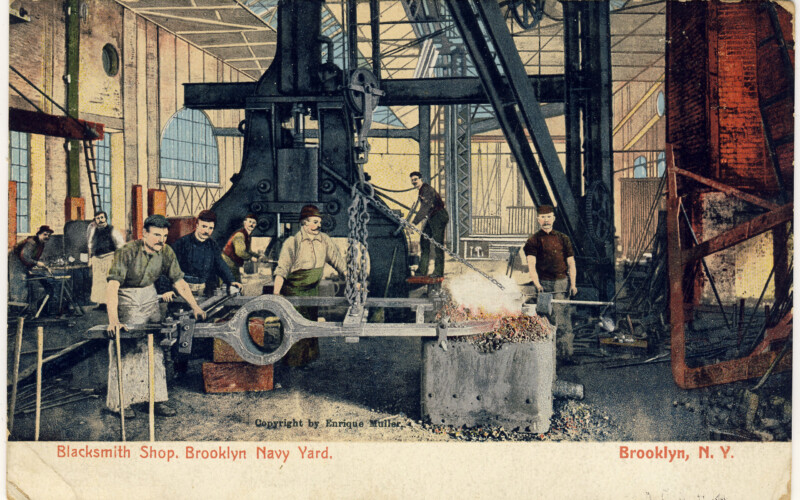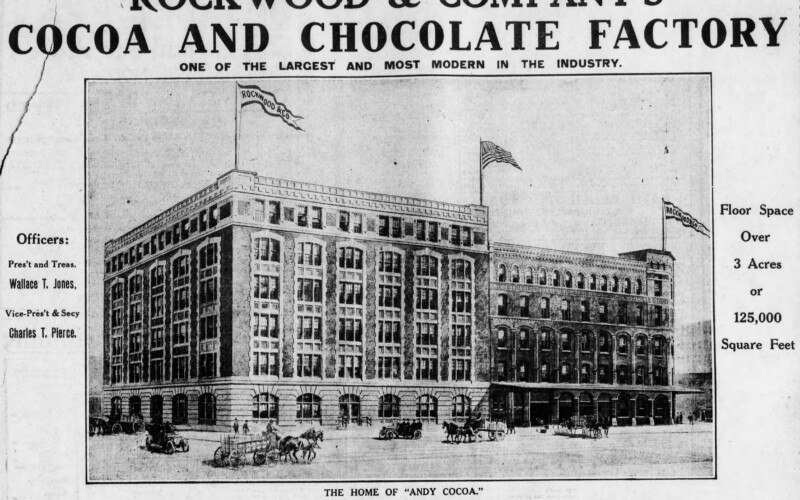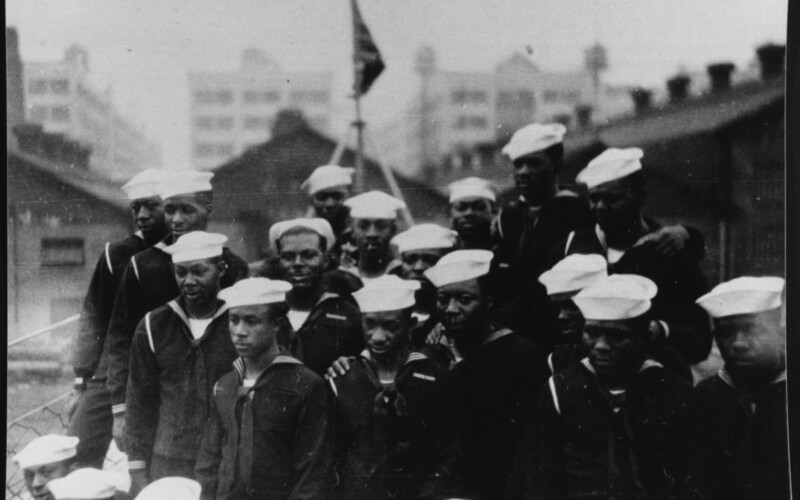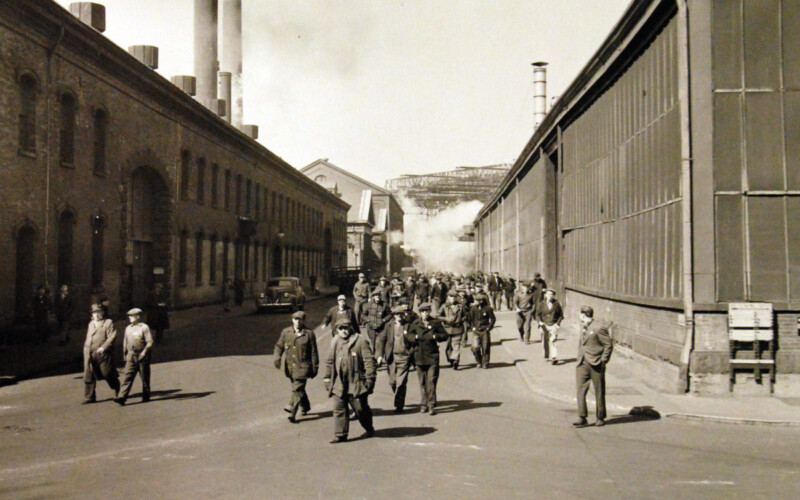We have experience hosting a range of audiences, from college classes to birthday parties to company outings, and we customize our tours to meet your group’s interests and needs.
Book a private tour today
Waterfront workers were at the vanguard of the labor movement; the word “strike” has its origins in work stoppages on the London docks in 1768, when sailors “struck” the sails …
Read more

Food manufacturing has been a cornerstone of Brooklyn’s manufacturing economy for 150 years. Not only was the borough was home to some of the largest chocolate and confectionary makers in …
Read more

The celebrate Black History Month and the 220th birthday at the Brooklyn Navy Yard, we are looking at the obstacles and opportunities that Black people encountered at the Brooklyn Navy …
Read more

World War II came to a close in 1945, and looking back 75 years, it is hard to believe that Americans on the cusp of war in 1940 were as …
Read more
